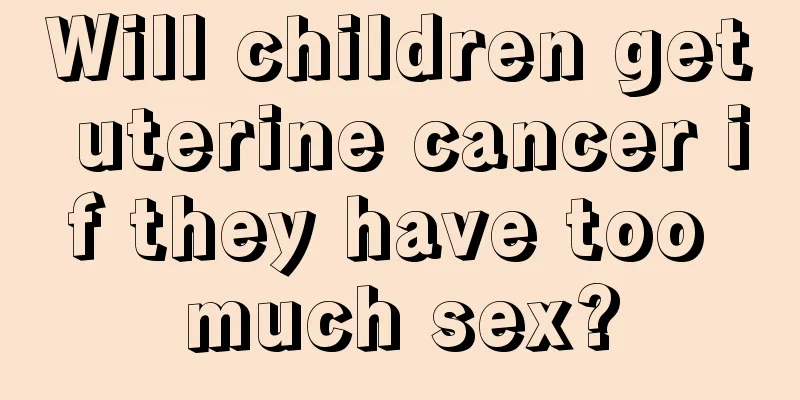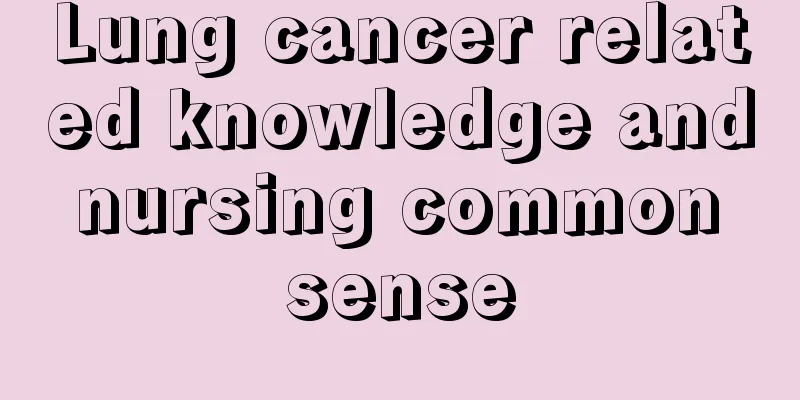Can glioma really be cured?

|
Gliomas are neurological malignant brain tumors. Once they occur, they cause great harm to the human body. Some patients even suffer from extreme pain. Moreover, the incidence rate is gradually increasing. Therefore, active treatment is required after the onset of the disease. So, can gliomas really be cured? Gliomas are common in children and adolescents, especially those aged 5 to 9 years old. Gliomas are common intracranial malignant tumors, characterized by infiltrative growth, unclear boundaries, and easy recurrence. They are the most common primary tumors in the brain. Surgical treatment of gliomas in the functional areas of the brain is a difficult problem in the clinical work of neurosurgery. The highest goal of surgical treatment of gliomas is to remove the lesions to the greatest extent possible, while protecting normal brain function as much as possible, while preserving nerve function to the greatest extent possible and avoiding postoperative neurological function loss. This not only improves the patient's postoperative quality of life, but also can obtain a satisfactory long-term prognosis. The survival and quality of life of patients with brain gliomas are closely related to the degree of surgical resection. The treatment of brain gliomas has always been one of the problems that plague neurosurgeons, especially the surgical treatment of gliomas in the functional areas of the brain (cortical and subcortical pathways closely related to language, motor and sensory functions) and low-grade gliomas is a difficult problem in the clinical work of neurosurgery. The main contradiction is the trade-off between the degree of tumor resection and neurological function. At present, comprehensive treatment with surgery as the main method is advocated. Surgical treatment is still the most commonly used and most effective treatment method for brain gliomas in functional areas. Complete tumor resection is the main means to improve the patient's survival and quality of life. However, conventional surgical methods for resection of gliomas located in functional areas often cannot achieve maximum resection because they are prone to neurological dysfunction. One of the main reasons is that the surgeon cannot correctly distinguish the relationship between the cortical and subcortical structures of the functional area and the lesions during the operation. Therefore, how to perform surgery on gliomas in the functional area of the brain has always been a concern of neurosurgery research institutes. However, early treatment and active surgery are still very important for disease control! |
<<: Is glioma really incurable?
>>: What is the method to completely cure glioma
Recommend
What should I pay attention to after using medicine to remove moles
Although moles on the face will not affect people...
How to remove oil stains
In life, it is difficult for people to avoid enco...
Will the teratoma be fatal if it is severe?
I suddenly felt pain on the left side of my abdom...
What should you pay attention to when you have poor sleep and lose weight
The problem of poor sleep is quite common in life...
Experts introduce 4 treatments for advanced colon cancer
There are more and more patients with colon cance...
Massage of the corresponding acupuncture points on the cervical vertebra will no longer cause pain
When people are working hard, they may have cervi...
What to do if blisters occur after laser tattoo removal
Laser tattoo removal is a relatively common metho...
Can lung adhesions heal themselves?
Lung adhesions are usually caused by some lung di...
Will osteosarcoma metastasize? How does osteosarcoma metastasize?
In the early stage of the disease, osteosarcoma w...
What would happen if I lost a tooth
The health of teeth has always been a concern for...
If the corner of your mouth is rotten, apply erythromycin ointment
Sore corners of the mouth is a very common diseas...
What are some tips for getting rid of athlete’s foot?
Athlete's foot is a disease that troubles man...
What are the diagnostic criteria for uremia?
The development of uremia is very slow. It is dev...
The difference between yuba and bean curd skin
Yuba and bean curd skin are both common soy produ...
Is sugarcane an allergy-inducing food?
Irritating foods are foods that have the effect o...









